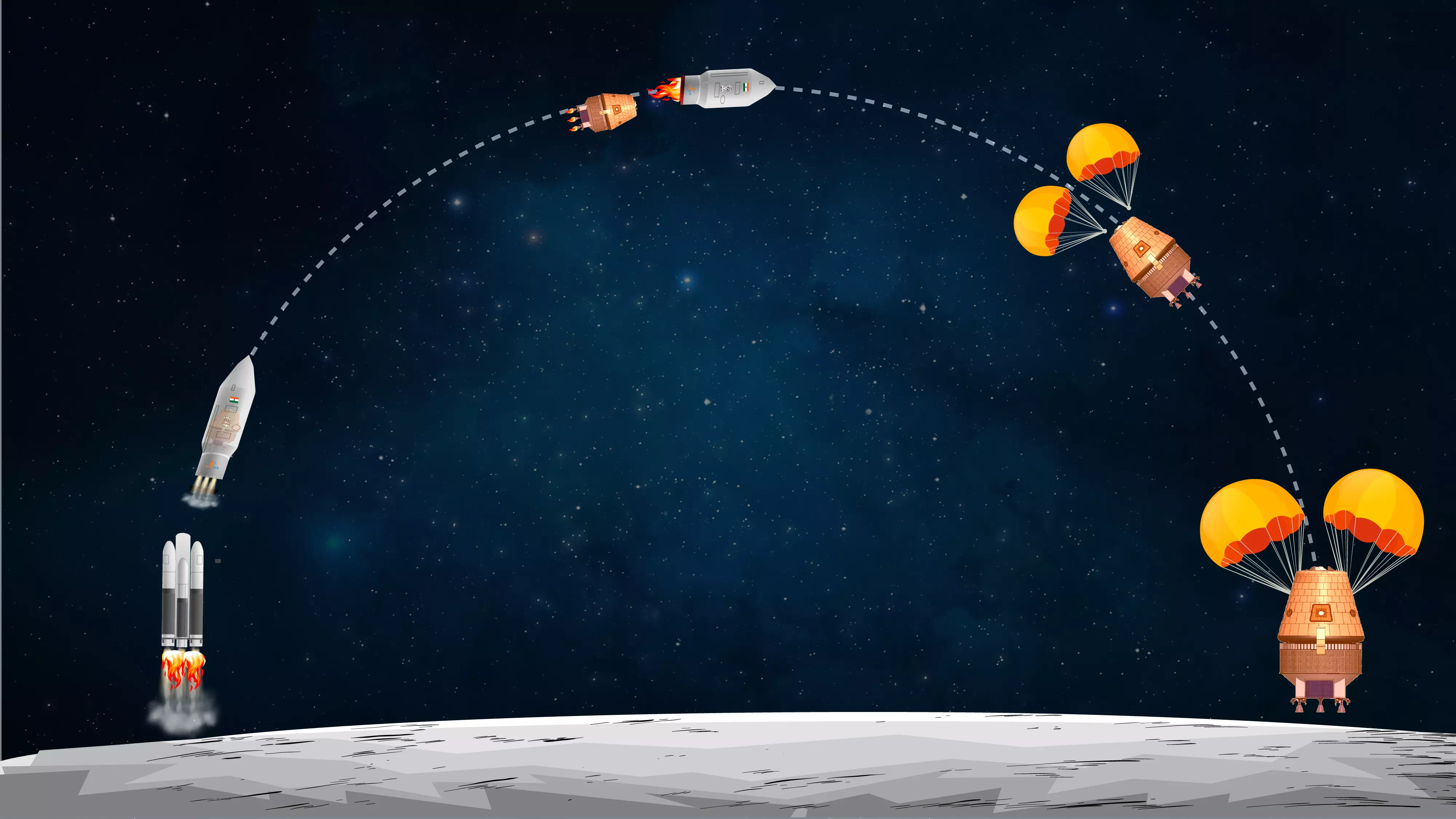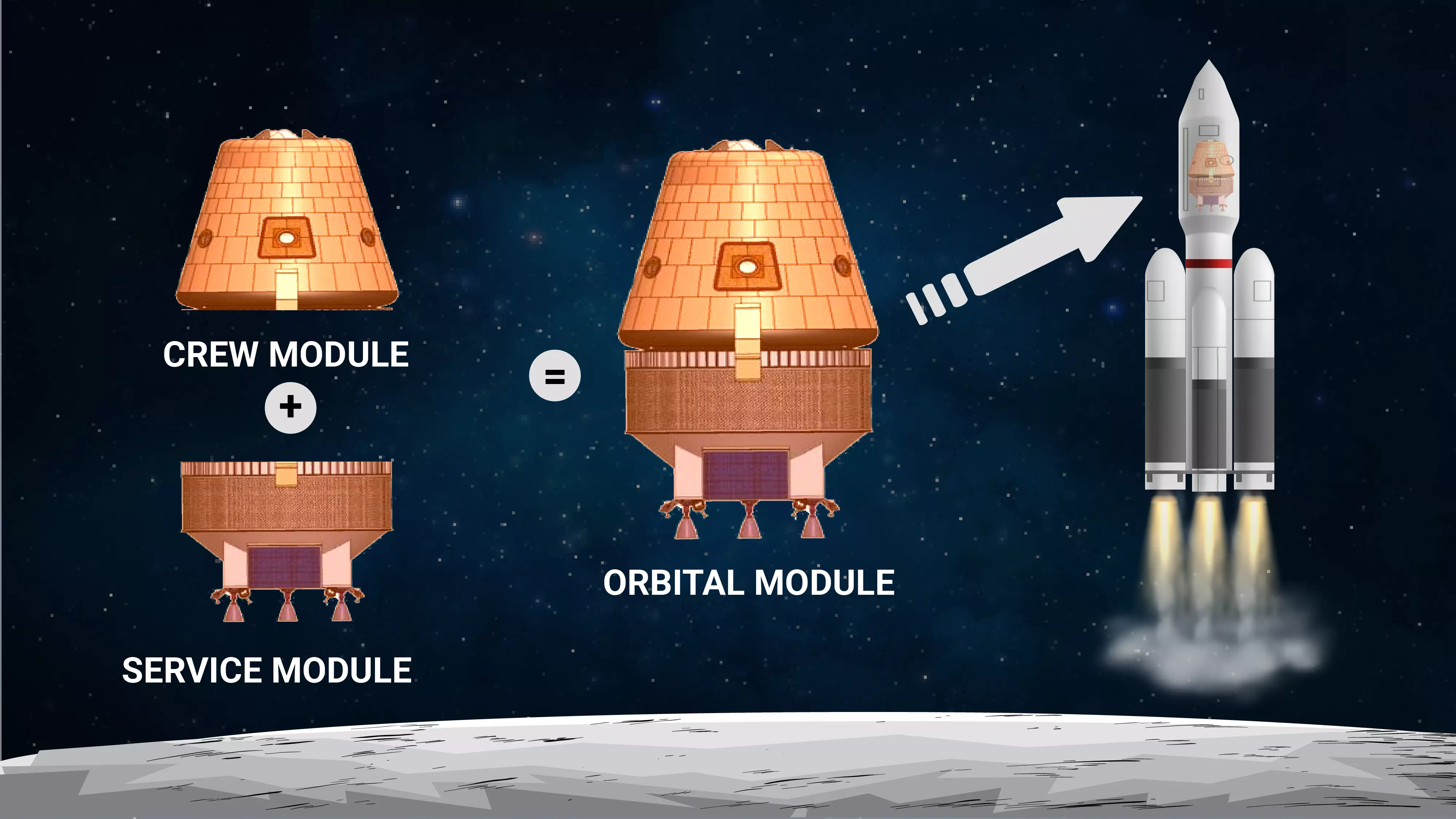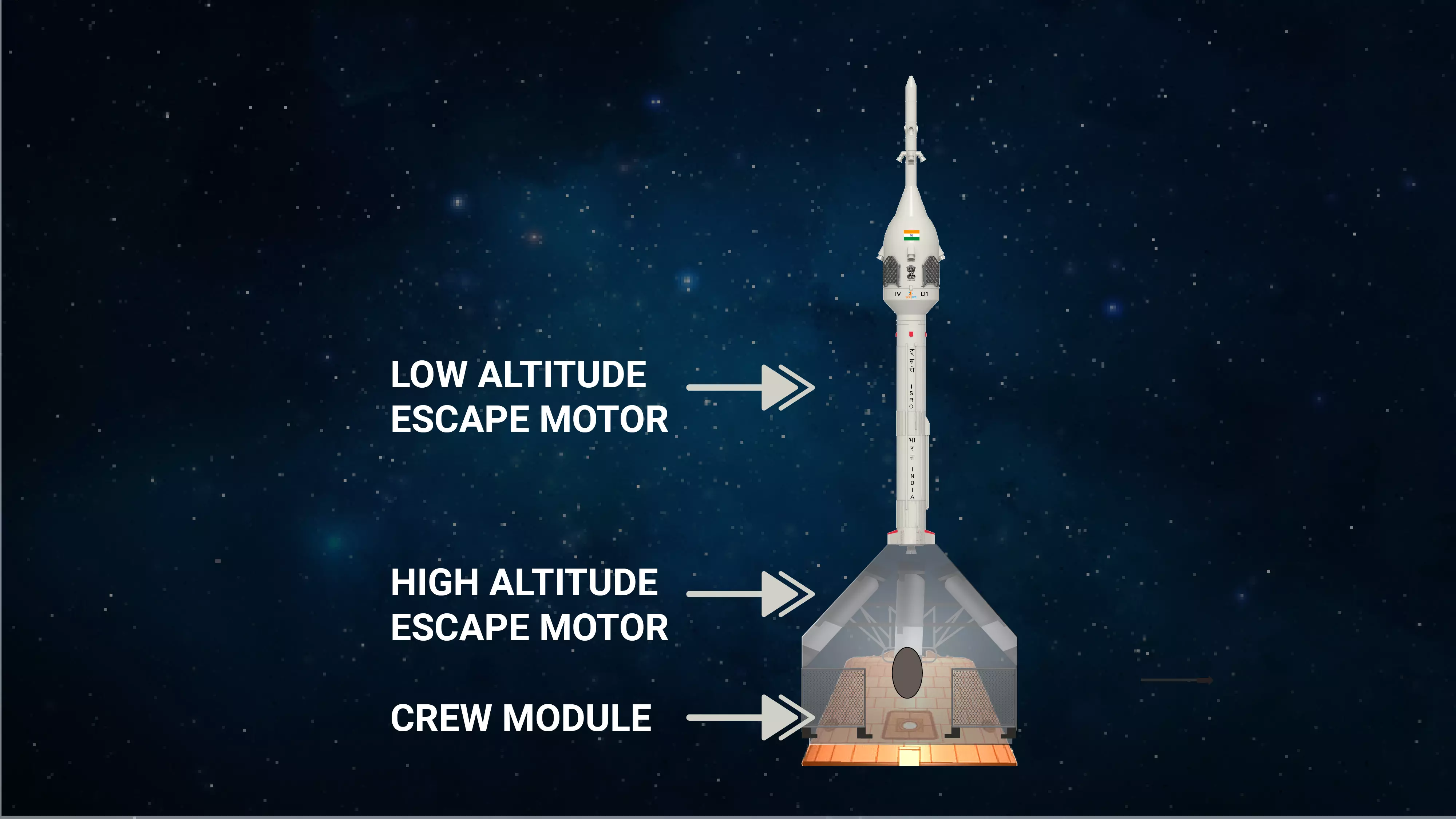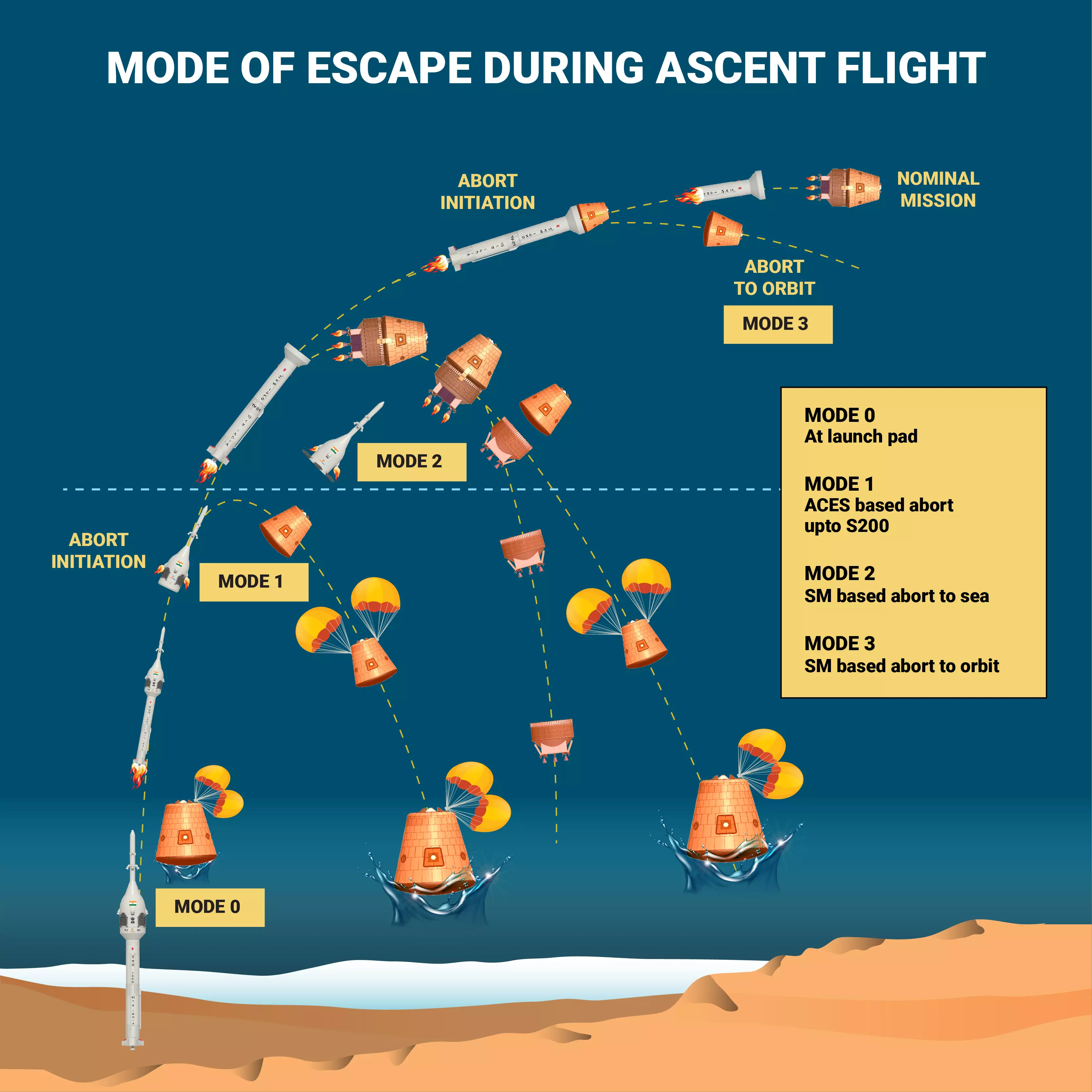
- Home
- India
- World
- Premium
- THE FEDERAL SPECIAL
- Analysis
- States
- Perspective
- Videos
- Sports
- Education
- Entertainment
- Elections
- Features
- Health
- Business
- Series
- In memoriam: Sheikh Mujibur Rahman
- Bishnoi's Men
- NEET TANGLE
- Economy Series
- Earth Day
- Kashmir’s Frozen Turbulence
- India@75
- The legend of Ramjanmabhoomi
- Liberalisation@30
- How to tame a dragon
- Celebrating biodiversity
- Farm Matters
- 50 days of solitude
- Bringing Migrants Home
- Budget 2020
- Jharkhand Votes
- The Federal Investigates
- The Federal Impact
- Vanishing Sand
- Gandhi @ 150
- Andhra Today
- Field report
- Operation Gulmarg
- Pandemic @1 Mn in India
- The Federal Year-End
- The Zero Year
- Science
- Brand studio
- Newsletter
- Elections 2024
- Events
- Home
- IndiaIndia
- World
- Analysis
- StatesStates
- PerspectivePerspective
- VideosVideos
- Sports
- Education
- Entertainment
- ElectionsElections
- Features
- Health
- BusinessBusiness
- Premium
- Loading...
Premium - Events

Vladimir Titov and Gennadi Strekalov, Soviet cosmonauts, boarded the Soyuz 10 (later to be re-named 10a), ready to blast off atop the Soyuz-U launch vehicle to join the Salyut space station. The Soyuz is so powerful that it just takes nine minutes to place the spacecraft in space.The countdown started 6 hours before the launch. Four hours to go, the fuelling commenced. Two hours and 30...
Vladimir Titov and Gennadi Strekalov, Soviet cosmonauts, boarded the Soyuz 10 (later to be re-named 10a), ready to blast off atop the Soyuz-U launch vehicle to join the Salyut space station. The Soyuz is so powerful that it just takes nine minutes to place the spacecraft in space.
The countdown started 6 hours before the launch. Four hours to go, the fuelling commenced. Two hours and 30 minutes before the scheduled launch, the crew boarded the spacecraft. One hour and 55 minutes to go, the cabin hatch was closed and sealed. Thirty minutes before the launch sequence was fully loaded, the rocket was ready to take off. Fifteen minutes to go, the launch site was fully evacuated. Eleven minutes before the automated ignition sequence was triggered.
Until then, it was incident-free. Just 90 seconds to go. The onboard monitoring system noted an anomaly. A valve in the rocket failed to close. The RP-1 kerosene propellant oozed out and caught fire. Sealed inside their cabin, Titov and Strekalov could not see what was happening but felt unusual vibrations; they knew something was amiss. Within seconds, they felt yanked above.
The crew escape system was activated. The main emergency crew escape rocket fired, hauling the Soyuz spacecraft from the launch vehicle to an altitude of 650 metres. The crew escape system separated, and the crew module dropped free. The emergency parachutes deployed rapidly, arresting the speed of the falling crew module. The touchdown occurred around 4 kilometres from the launch pad. Meanwhile, the launch vehicle exploded and burned for more than 20 hours. But the crew was safe. Thanks to the emergency escape system, the team escaped death.
If Titov and Strekalov encountered the mishap at the launch pad, the ill-fated crew of Soyuz MS-10, American astronaut Nick Hague and the Russian cosmonaut Alexey Ovchinin, met an emergency situation nearly 114 seconds into flight. The main emergency escape rocket is functional only until 42 kilometres in height. The flight was already 50 km above the surface. Nevertheless, the capsule detached itself from the vehicle using its onboard propulsion system and swiftly moved towards a safe direction. The crew landed about 20 km from the launch site safely while the vehicle detonated mid-air.
More recently, in September of 2022, a structural failure in the nozzle of the Orion's New Shepard spacecraft created an emergency abort condition. The crew escape system separated the crew module carrying passengers to a safe distance from the mid-air explosion of the rocket and brought them safely back home.
In human space missions, taking humans to space is only a tiny part of the challenge; the main concern is bringing them home safely. From the time the crew enter the cabin until they reach the space, for about 15 to 18 minutes, they sit atop thousands of kilograms of volatile propellants, ready to burn and explode. Building an emergency escape system is as crucial as designing a launch vehicle to place the spacecraft in orbit. This is one of the vital aspects of designing and building a human-rated launch vehicle.
Human-rated launch vehicle
The ISRO’s launch vehicles, such as the Small Satellite Launch Vehicle (SSLV), Polar Satellite Launch Vehicle (PSLV) and the Launch Vehicle Mark-3 (LVM3, what was earlier called as GSLV), place payloads in an orbit around the Earth. They are akin to trucks carrying goods from one place to another. In contrast, the Human Rated Launch Vehicle (HRLV), a modified version of LVM3 designed to have a crew aboard the orbital module in the Gaganyaan mission, is akin to a bus transporting passengers.

The orbital module of the Gaganyaan consists of a crew module and a service module. The crew escape tower is atop the orbital module.
ISRO’s HRLV is a three-stage launch vehicle with a solid fuel first stage, a liquid fuel second stage and a cryogenic third stage. The two S200 solid fuel booster rockets are ignited simultaneously at lift-off. They burn for 134 seconds and climb an altitude of 60 kilometres. Meanwhile, the L110 liquid engine, the second stage, is ignited for about 195 seconds. It takes the craft to a height of 150 kilometres. In the third stage, the C25 engine is triggered about 5 minutes into the flight and fired for 10-12 minutes to place the craft at about 200 km. The whole flight lasts for about 980 seconds from the take-off.
Atop the launch vehicle is the spacecraft or orbital module. The launch vehicle places the orbital module in an orbit around the Earth.
Like the bus has a cabin for the passengers, engine compartment, fuel tank and so on, the orbital module of the Gaganyaan consists of a crew module and a service module. The crew module will house the astronauts during the mission, from the launch, orbit around the Earth and re-entry back to Earth. While the typical autorickshaw is 1.7 metres high, 1.3 metres wide and 2 metres long, the dome-shaped Gaganyaan’s crew module is a little more extensive, with a diameter of 3.5 metres and a height of 3.57 metres. The cabin is just wide enough to seat three crew. The crew module is pressurised and air-conditioned to provide an earth-like environment for the crew. It is also equipped with parachutes, which will be deployed during the re-entry to reduce the touchdown speed. The external surface of the crew module is covered with a heat shield to protect the craft during re-entry.
The service module supports the crew module from launch to touchdown. It has storage for water, oxygen, and fuel and generates and stores electrical power. During re-entry, this module is separated from the crew module. Only the crew module makes the soft touchdown.
What is a crew escape system?
Like the emergency door at the back of the bus, emergency escape systems are built into human-rated launch vehicles. The minaret-like structure on the top of the ISRO’s HRLV encases the two of the key crew escape system. The orbital module is attached to this emergency escape system. When something goes wrong with the launch vehicle, specifically designed quick-acting solid fuel motors in the escape tower fire and pull the module with humans away from the main rocket. Parachutes are deployed once they reach a safe distance, and the crew module is landed safely.

Usually, the payload is placed at the topmost part of the launch vehicles. However, in human-rated launch vehicles, there is a tower-like structure atop the payload, the crew module. This minaret-like structure houses low-altitude and high-altitude escape motor systems, two of the crucial abort escape systems.
The pencil-like structure that is the topmost part is the Low Altitude Escape Motor (LEM). This motor will generate adequate thrust to take the crew module away from the launch vehicle during the initial phase of the flight. The High Altitude Escape Motor (HEM) is placed inside the dome-like structure above the crew module. Once the solid stage motor is jettisoned, HEM will provide the necessary thrust to pull the crew module away to a safe distance.
Quick action and high-thrust rocket motors are crucial for a successful evacuation of the crew. The emergency rocket motors are designed to ignite without much delay, operate for a short duration and develop a very high initial thrust.
In addition, the propulsion systems in the service module are also used in case of emergency once the flight enters the third stage. The service module has five main engines and 16 small thrusters. These engines are used in routine flight to increase or decrease the orbit's altitude, change the craft's orientation in space, etc. The same propulsion system is used for high-altitude ascent abort escape.

The emergency abort situation can occur at different stages of the flight. Specific escape mechanisms are required.
Four modes of escape system
There are four modes of escape system in the ISRO's HRLV. The first mode, mode 0, is when the craft is still on the launch pad. Both the LEM and HEM are activated. In under 20 seconds, the craft is accelerated and taken to a height of 2.5 kilometres from the launchpad. The pad abort system was successfully tested way back in 2018.
The second called the mode 1 escape system, enables emergency escape from take-off until the solid fuel S200 separates. This mode has three sub-modes: mode 1a, mode 1b and mode 1c. The mode 1a is when the launch vehicle is still below an altitude of 3 kilometres. The mode 1b is when the craft is above 3 km altitude but still cruising at speeds less than twice the speed of sound. 1c is when the craft's speed is more than twice the speed of sound until the solid boosters separate. That is, mode 1 is until the rocket reaches a height of 60 kilometres.
On October 21, the Vehicle Abort Mission-1 (TV-D1) tested the escape system under 1a and 1b mode. In this case, both the LEM and HEM fire together and take the crew module to a safe distance. Case 1c will be tested by the proposed Test Vehicle Abort Mission-2 (TV-D2). In this TV-D2, the craft would be at considerable altitude and travelling at more than twice the speed of sound. In this case, the HEM alone will be activated, and the craft will be pulled away to a safe distance.
Mode 2 is when the craft has climbed a much higher altitude before the abort conditions emerge. By then, the LEM and HEM would have been jettisoned. Therefore, the onboard propulsion system in the service module will be activated to take the crew module to a sub-orbital flight path.
An emergency situation may ensue after the orbital module is placed in the orbit, that is, mode 3. In that case, the emergency re-entry will be made using the propulsion system of the service module.

